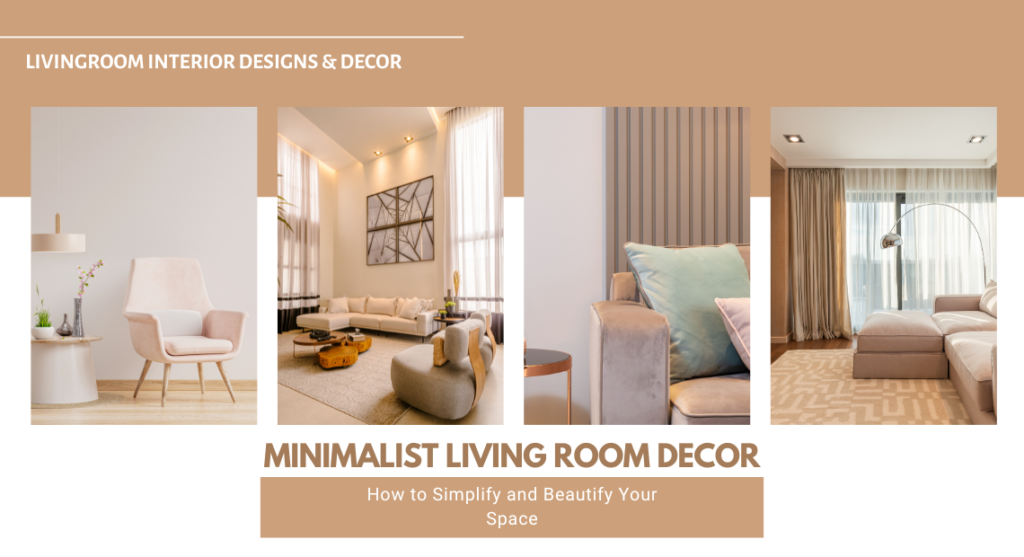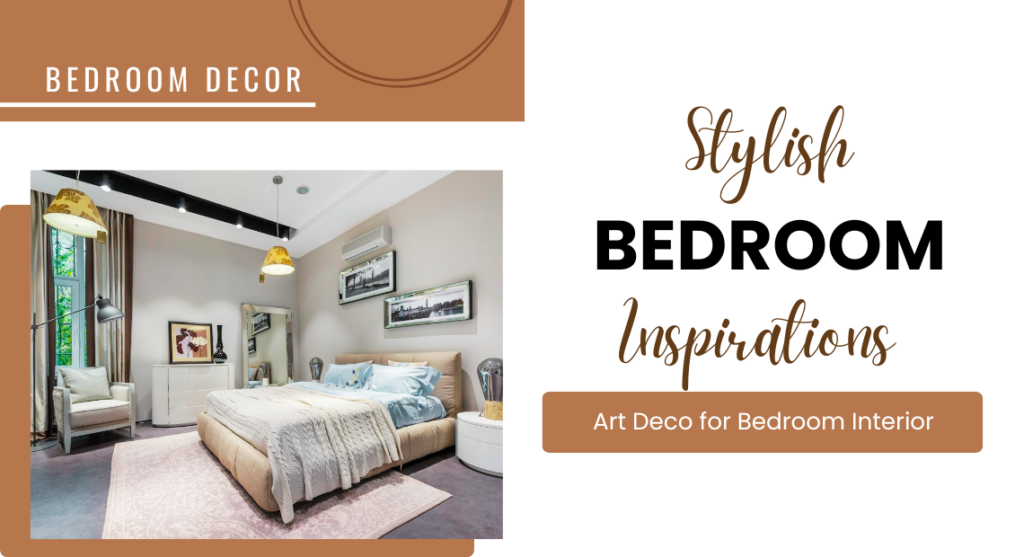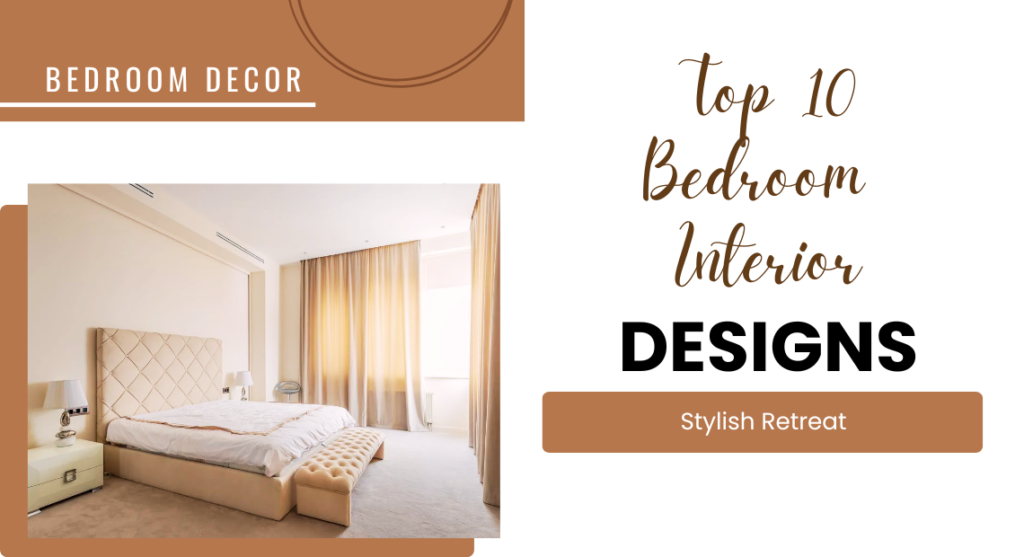In today’s fast-paced world, many people are seeking refuge in simplicity, and minimalist living room decor offers a perfect solution. Emphasizing functionality and aesthetic appeal, minimalist design creates a serene atmosphere that promotes relaxation and mindfulness. If you’re looking to simplify your living space while enhancing its beauty, this guide will provide you with practical tips and ideas for achieving a minimalist living room.
Understanding Minimalism
Minimalism is more than just a design trend; it’s a lifestyle that encourages reducing clutter and focusing on what truly matters. In interior design, this means choosing quality over quantity, prioritizing clean lines, and embracing open spaces. A minimalist living room should feel airy and peaceful, allowing you to unwind and connect with your surroundings.
Key Principles of Minimalist Design
Minimalist design is a philosophy that emphasizes simplicity, functionality, and a clean aesthetic. By focusing on essential elements and eliminating the unnecessary, minimalist design creates spaces that are both beautiful and serene. Here are the key principles to guide you in achieving a minimalist look:
1. Simplicity
Less is More:
The core idea of minimalism is to strip away excess and focus on the essentials. This means using fewer items and avoiding ornate decorations. Every piece in a minimalist space should serve a purpose or evoke joy.
- Application: Choose furniture and decor that have simple lines and forms. Avoid clutter and keep surfaces clear to maintain a clean look.
2. Functionality
Purpose-Driven Design:
In minimalist design, each item should have a clear function. Furniture should be practical, and decor should enhance the space without being superfluous.
- Application: Opt for multi-functional furniture, like a coffee table with storage or a sofa bed. Ensure that every piece serves a purpose, contributing to both form and function.
3. Neutral Color Palette
Calm and Cohesion:
Minimalist spaces typically utilize a neutral color palette, including whites, grays, beiges, and soft earth tones. This creates a serene backdrop and allows the focus to remain on form and texture.
- Application: Use a limited color scheme for walls, furniture, and decor. Incorporate varying shades to add depth without overwhelming the space.
4. Open Space
Airy Atmosphere:
Emphasizing open space is essential in minimalist design. This creates a feeling of freedom and prevents the room from feeling cluttered or cramped.
- Application: Arrange furniture to promote flow and movement. Leave empty areas intentionally to enhance the sense of openness and tranquility.
5. Natural Light
Embrace Brightness:
Natural light plays a crucial role in minimalist design, enhancing the feeling of space and warmth. Large windows and unobstructed light sources are key components.
- Application: Use sheer curtains or blinds that allow light to filter through. Position mirrors to reflect light and create a brighter environment.
6. Textural Variety
Tactile Interest:
While colors may be subdued, texture is an essential aspect of minimalist design. Incorporating a variety of textures adds depth and warmth to the space.
- Application: Mix materials like wood, metal, and fabric. For example, pair a sleek leather sofa with a soft wool throw or a rough-hewn wooden coffee table.
7. Quality over Quantity
Timeless Investment:
Minimalism encourages investing in fewer, high-quality items rather than filling a space with numerous lower-quality pieces. This not only enhances the aesthetic but also contributes to sustainability.
- Application: Choose durable materials and timeless designs that can adapt to changing trends. Look for well-crafted furniture that stands the test of time.
8. Thoughtful Personalization
Reflecting Individuality:
While minimalism emphasizes simplicity, it’s important to infuse your personality into the space. Thoughtful personal touches can enhance the environment without cluttering it.
- Application: Select a few meaningful items—like a favorite piece of art or a cherished photograph—to display. Ensure these items fit within the overall minimalist aesthetic.
9. Clean Lines
Streamlined Shapes:
Minimalist design often features clean, straight lines and geometric shapes. This contributes to a sense of order and tranquility within the space.
- Application: Choose furniture and decor with sharp edges and smooth surfaces. Avoid overly intricate designs that can detract from the minimalist ethos.
10. Intentional Layout
Purposeful Arrangement:
The arrangement of furniture should be intentional, promoting ease of movement and conversation while maintaining the minimalist aesthetic.
- Application: Plan your layout carefully, ensuring that each piece is positioned to enhance functionality and visual balance without overcrowding the space.
Tips for Achieving a Minimalist Living Room
Creating a minimalist living room requires careful consideration and thoughtful choices. Here’s a detailed guide with expanded tips and practical implementations to help you achieve a serene and beautiful space.
1. Declutter Thoroughly
Start with a Clean Slate:
Begin by removing everything from your living room. Sort items into categories: keep, donate, and discard. Focus on retaining only what you truly need and love.
- Tip: Use the “Marie Kondo” method by asking if each item sparks joy. If it doesn’t, it’s time to let it go.
- Implementation: Set aside a weekend to declutter. Work in sections (e.g., one shelf at a time) and use boxes to categorize items. Once sorted, immediately take the donation box to avoid second-guessing your decisions.
2. Choose Functional Furniture
Opt for Multi-Functional Pieces:
Select furniture that serves more than one purpose. This reduces the need for additional items and keeps your space organized.
- Tip: Consider furniture with hidden storage or modular designs that can be rearranged as needed.
- Implementation: For example, invest in a coffee table that lifts up for dining or a sectional sofa with built-in storage. When shopping, prioritize pieces that fulfill multiple functions, making them ideal for small spaces.
3. Embrace a Neutral Color Palette
Create a Soothing Atmosphere:
Stick to soft, neutral colors such as whites, grays, and earth tones. This creates a calming backdrop that enhances the minimalist aesthetic.
- Tip: Use paint samples to find the right shades and see how they look in different lighting throughout the day.
- Implementation: Paint walls in light colors and choose furniture and textiles (like cushions or rugs) that harmonize with this scheme. Consider using a monochromatic palette with varying shades to maintain interest without overwhelming the space.
4. Maximize Open Space
Promote Airiness:
Arrange furniture to encourage flow and prevent the room from feeling cramped. Leave open areas to enhance the sense of spaciousness.
- Tip: Use a floor plan app to visualize your layout before moving furniture around.
- Implementation: Avoid pushing all furniture against the walls; instead, create an inviting conversation area by placing seating closer together. Use area rugs to define spaces while keeping pathways clear.
5. Limit Decorative Items
Be Selective with Decor:
Choose a few meaningful decor pieces that resonate with you, rather than cluttering surfaces with numerous items.
- Tip: Aim for a “three-item rule” on shelves and tables—three related items can create a cohesive look without overcrowding.
- Implementation: Display a large piece of art on the wall, a single plant on a coffee table, or a unique sculpture on a shelf. Rotate items periodically to keep the space feeling fresh without adding new decor.
6. Maximize Natural Light
Enhance Brightness and Openness:
Natural light is essential in minimalist design. Use sheer curtains or blinds that allow light to flow in while maintaining privacy.
- Tip: Choose light-filtering shades that provide privacy without blocking light.
- Implementation: Keep windows clean and uncluttered. Consider placing mirrors opposite windows to reflect light and visually expand the space.
7. Incorporate Natural Elements
Add Warmth and Texture:
Integrating natural materials, such as wood, stone, and plants, can soften the minimalist aesthetic and bring life to your space.
- Tip: Use organic shapes and materials to contrast the clean lines of minimalist furniture.
- Implementation: Choose a reclaimed wood coffee table, stone coasters, or ceramic planters for greenery. Incorporate low-maintenance houseplants like pothos or ferns to add color and texture.
8. Focus on Quality over Quantity
Invest in Timeless Pieces:
Select fewer, high-quality items rather than filling your space with multiple low-quality pieces. This not only elevates your design but also promotes sustainability.
- Tip: Research brands that prioritize craftsmanship and durability.
- Implementation: Create a wishlist of key furniture pieces (like a solid wood dining table or a classic sofa) that you’ll invest in over time. Shop secondhand or at local artisans for unique finds that are both sustainable and stylish.
9. Keep Surfaces Clear
Minimize Clutter on Surfaces:
A clear coffee table, side tables, and countertops contribute to a minimalist look. Limit decorative items and store the rest away.
- Tip: Regularly perform a “surface sweep” where you assess all flat surfaces for unnecessary items.
- Implementation: Use trays to group smaller items like remotes or coasters, keeping surfaces tidy. Set a reminder to declutter surfaces weekly, ensuring that only essential items remain.
10. Personalize Thoughtfully
Infuse Your Space with Meaning:
While minimalism emphasizes simplicity, it’s important to incorporate personal touches that reflect your style.
- Tip: Choose one or two personal items that resonate deeply with you, avoiding the temptation to showcase everything.
- Implementation: Create a small gallery wall with a few framed photos or art pieces that tell your story. Keep these displays cohesive with the room’s color palette to maintain a minimalist feel.
Creating a minimalist living room is about simplifying your space while enhancing its beauty. By decluttering, choosing functional furniture, and embracing a neutral color palette, you can cultivate a serene environment that promotes relaxation and mindfulness. Minimalism encourages you to focus on what truly matters, allowing your living room to become a sanctuary of calm and elegance. Embrace the beauty of simplicity, and enjoy your transformed living space!


